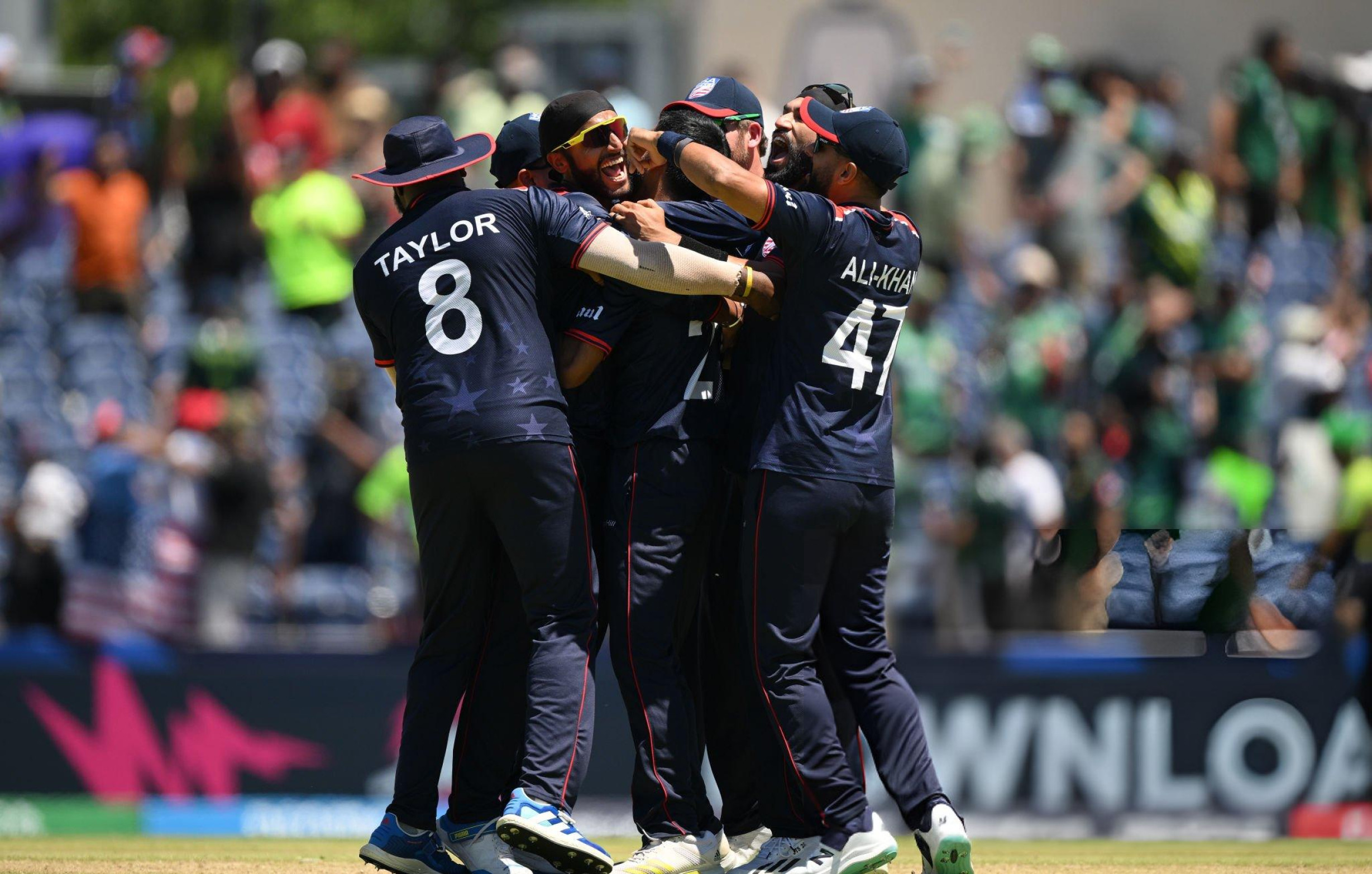
Cricket has evolved into a high-tech sport, where every decision is scrutinized, and every delivery analyzed. At the heart of this revolution is Hawk-Eye technology, a system that has transformed the way we understand, officiate, and enjoy cricket. From tracking the ball’s trajectory to assisting in crucial umpiring decisions, Hawk-Eye has become an indispensable tool in modern cricket.
In this blog, we delve into the science behind Hawk-Eye, its applications, and how it has shaped cricket as we know it today.
1. What is Hawk-Eye Technology?
Hawk-Eye is an advanced ball-tracking system used in cricket to monitor the trajectory of the ball in real time. Initially developed for tennis, it was soon adapted for cricket to assist umpires, analysts, and fans. The technology uses multiple high-speed cameras positioned around the stadium to track the ball from the bowler’s hand to the point of contact or the stumps.
Key features of Hawk-Eye include:
- Ball Trajectory Analysis: Shows the complete path of the ball, including swing, spin, and bounce.
- Predictive Ball Path: Helps determine if a ball would have hit the stumps in LBW (Leg Before Wicket) decisions.
- Visualization Tools: Provides fans with interactive graphics and insights during broadcasts.
Hawk-Eye combines precision, speed, and advanced algorithms, making it a trusted tool in cricket today.
2. How Hawk-Eye Works
Hawk-Eye relies on sophisticated computer vision and predictive modeling:
- High-Speed Cameras: Positioned around the stadium, capturing multiple angles of the ball.
- Tracking Algorithms: Process the data to map the ball’s trajectory with millimeter precision.
- Ball Prediction: Uses physics-based modeling to estimate the ball’s path after it hits the pitch, including potential impact with the stumps.
- 3D Visualization: Converts raw data into intuitive graphics for umpires, broadcasters, and fans.
This combination of hardware and software ensures that Hawk-Eye delivers accurate and reliable results, even in high-pressure scenarios.
3. Applications of Hawk-Eye in Cricket
a) Decision Review System (DRS)
Hawk-Eye is an integral part of the Decision Review System, helping umpires make crucial decisions:
- LBW Decisions: Predicts whether the ball would have hit the stumps.
- Run-Outs and Stumpings: Tracks ball position relative to the crease.
- Boundary Detection: Assists in determining if a ball crossed the boundary line.
DRS has reduced umpiring errors and increased fairness in cricket, making Hawk-Eye indispensable in international matches.
b) Performance Analysis
Teams use Hawk-Eye data to analyze:
- Bowler Strategies: Track swing, seam movement, and speed variations.
- Batsman Techniques: Study footwork, shot selection, and response to deliveries.
- Field Placement: Optimize positions based on predicted ball trajectories.
This data-driven approach enhances player preparation and strategic planning.
c) Fan Engagement
Hawk-Eye also enhances the spectator experience:
- Ball Trajectory Graphics: Show pitch map, swing, and expected bounce.
- Interactive Apps: Fans can view shot predictions and impact zones.
- Broadcast Enhancements: Makes cricket more visually appealing and insightful.
Fans now engage with cricket beyond live action, analyzing and debating decisions using Hawk-Eye visualizations.
4. Accuracy and Reliability
Hawk-Eye is known for its high accuracy, typically within a few millimeters, due to:
- Multiple cameras ensuring redundant coverage.
- Advanced algorithms that correct for variables like wind, spin, and pitch bounce.
- Real-time data processing that allows instant replay and predictive modeling.
While no technology is flawless, Hawk-Eye has earned trust across international cricket, helping reduce controversies and improve fairness.
5. Limitations and Challenges
Despite its sophistication, Hawk-Eye has some limitations:
- Unpredictable Pitch Behavior: Extremely uneven bounces can occasionally affect predictions.
- Ball Rotation: Spin variations may slightly alter expected trajectories.
- Camera Alignment: Errors can occur if cameras are obstructed or misaligned.
However, continuous improvements in camera technology and algorithms have minimized these issues.
6. Future of Hawk-Eye in Cricket
The future of Hawk-Eye promises even more innovative applications:
- Integration with AI: Predict player movement and ball outcomes more accurately.
- Enhanced Fan Interaction: Real-time insights through augmented reality (AR) during live matches.
- Training Tools: Help emerging players understand ball behavior, improving batting and bowling skills.
Hawk-Eye is evolving from a decision-assistance tool into a comprehensive cricket analytics platform.
Conclusion
Hawk-Eye technology has revolutionized cricket, making it safer, fairer, and more engaging for players and fans alike. From enhancing umpire decisions in DRS to providing in-depth performance analysis and immersive fan experiences, Hawk-Eye sits at the heart of modern cricket.
As cricket continues to embrace technology, the ball-tracking lab of Hawk-Eye ensures that the game is not only precise but also exciting, with players, coaches, and fans connected like never before. The global cricket hive thrives on this innovation, where every ball is analyzed, every decision scrutinized, and every performance celebrated with scientific precision.